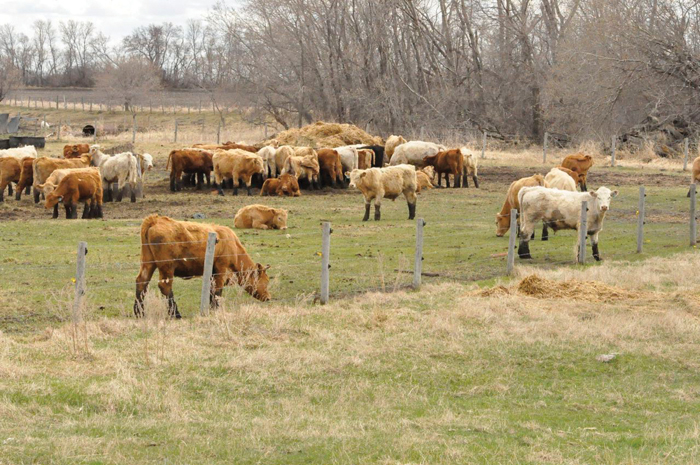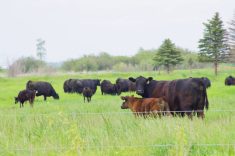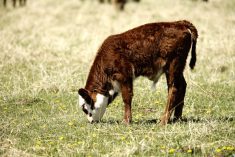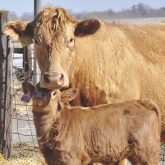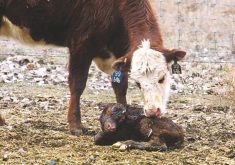Now that the cow-calf business is providing positive margins, an Alberta Agriculture and Rural Development specialist has some suggestions where cow-calf operators can invest to help improve their bottom line.
In the Managing Prosperity in the Beef Industry presentation now available from Cow-Calfenomics risk management series, farm financial specialist Rick Dehod suggests that improving working capital, and investing in productive assets, herd health and yourself can all bring excellent returns.
“Herd health is an important part of the ongoing operations,” said Dehod. “Sometimes, when funds were tight, a vaccination protocol may not have been followed as this expense was perhaps thought of as not critical. Not following a herd health protocol often leads to poor financial performance due to disease and lack of creature comfort. This just compounds cash flow problems and, ultimately, the viability of the operation.”
Read Also
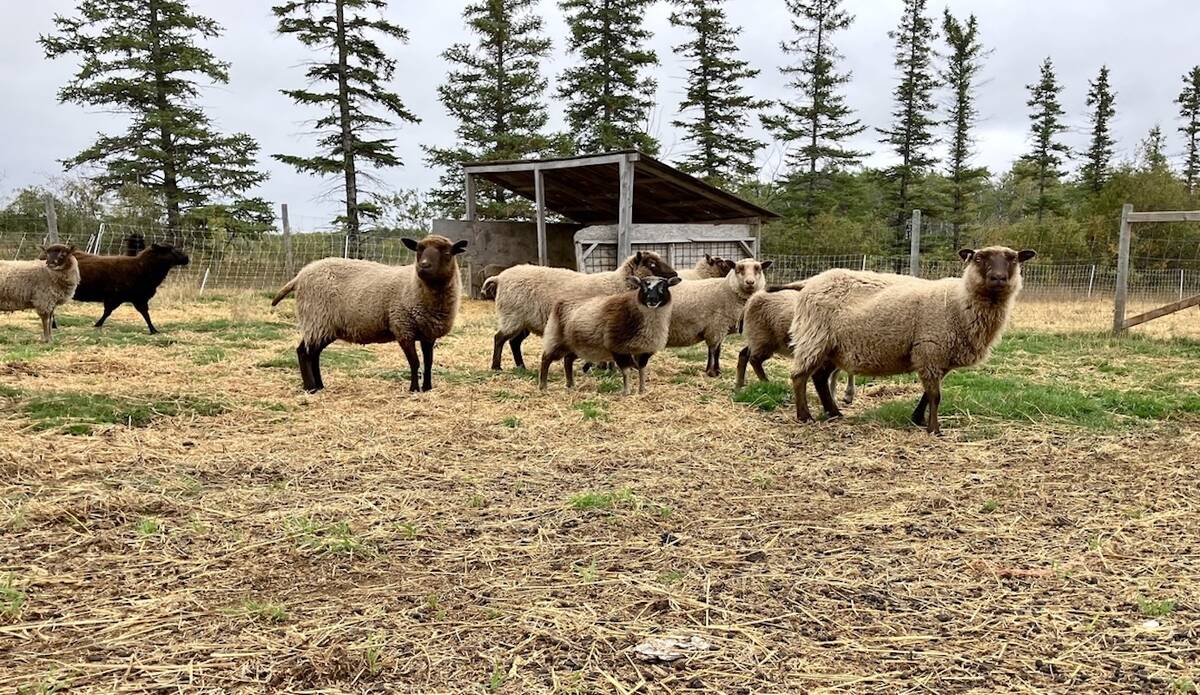
Mosquito-borne virus could be devastating to sheep breeding operations
Cache Valley virus, a mosquito-borne disease that infects small ruminants, could be a devastating hit to small operations.
Dehod also advocates improving working capital and bringing accounts payable current or to within 15 to 30 days.
“Trade creditors have helped you through the tough times and you will need them again when margins tighten,” he said.
He also recommends paying down some small loans to improve accessible working capital into the future and bringing any operating loan down to within its margin limit. Keep in mind that an acceptable current ratio (current assets/current liabilities) should be greater than two, he added.
Producers should also put some money away for “lean” periods, he said.
“Do projections and compare those monthly projections to actual returns and costs. This will enable immediate identification of problems. Production returns and costs are time critical due to the seasonality of the business. By doing a cash flow projection, you can plot out your sales and your feed requirements. You can see the months when your margins are positive and will have funds to invest or reduce your financial commitments. By comparing your projections to actual, you can make those adjustments to continue to manage a positive margin.
Investing in productive assets is another strategy Dehod recommends.
- Carefully evaluate investment in depreciating assets like pickups and new equipment. Is this the best use of your capital?
- How old is your cow herd? Is it time to keep back some heifers, and cull some older, less productive cows from the herd?
- Lock in some positive margins: You don’t go broke taking a profit.
- Feed costs: Consider the alternatives to forward price feed to lock in your feed purchase prices.
Last, but not least, Dehod recommends investing in yourself.
“Strong business management skills will enhance your decision-making skills, and help give you the competitive edge. You are a professional and all professionals embrace lifelong learning to stay at the top of their game.”
To view the Managing Prosperity in the Beef Industry presentation, go to Cow-Calfenomics. Open the YouTube playlist and scroll to the presentation.
For more information, visit the Farm Manager Homepage or call the Ag-Info Centre toll free in Alberta at 310-FARM (3276).

